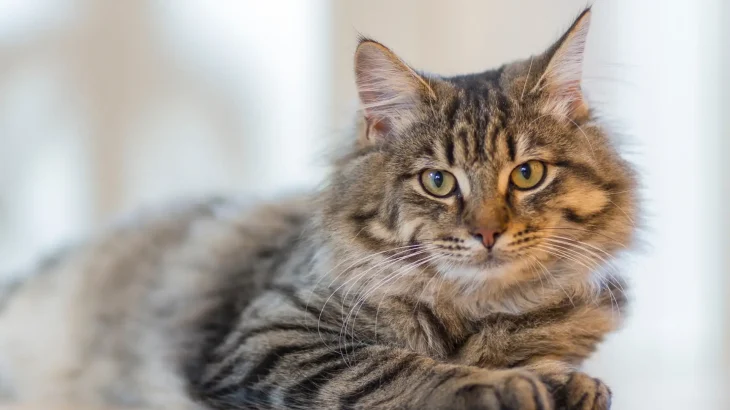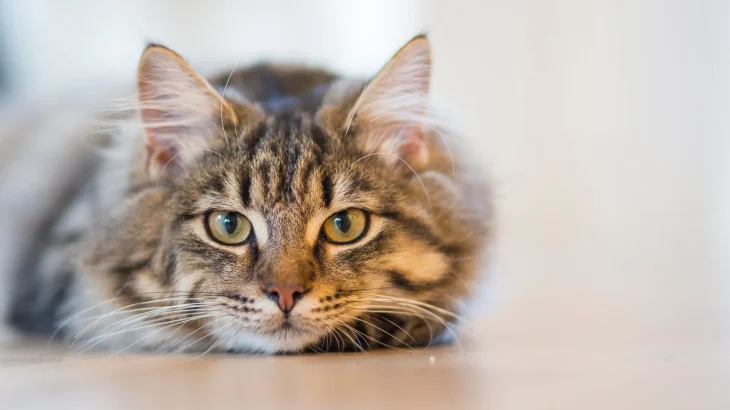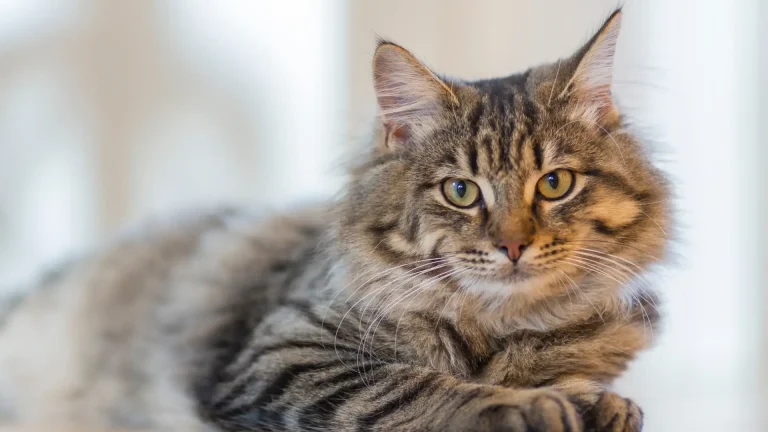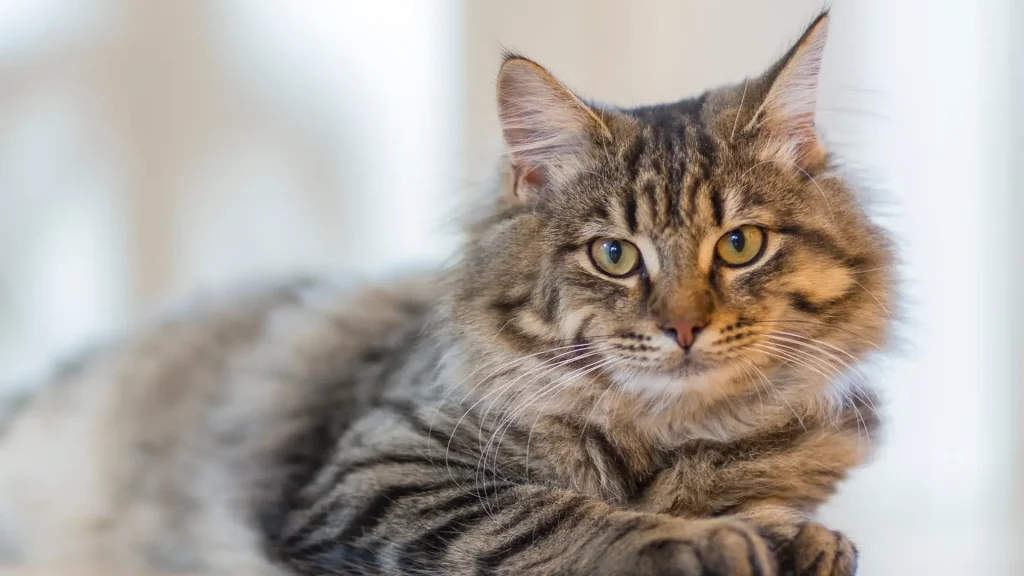When deciding on a new American Ringtail kitten, you can either adopt or purchase from a breeder. Each route has its merits, with breeders offering pedigree assurance and adoption focusing on providing homes to cats in need. Your choice depends on what matters more to you—lineage transparency or giving a cat a second chance.
Adoption vs. Breeder: Pros & Cons
| Criteria | Buying from Breeder | Adopting from Shelter/Rescue |
|---|---|---|
| Cost | Generally higher, reflecting the breed's pedigree and breeder expenses. | Lower fees that often cover vaccinations and initial care. |
| Health History | Usually detailed with genetic screenings and health guarantees. | May be limited or unknown, though shelters usually perform basic health checks. |
| Age Availability | Mostly young kittens, allowing early bonding and training. | A range of ages, including adults and seniors ready for new homes. |
| Temperament Insight | Breeders can provide information based on lineage and parental temperaments. | Shelter staff observe personality but history is often less certain. |
| Supporting Practices | Supports selective breeding focused on breed standards, best with ethical breeders. | Supports animal welfare by rescuing cats from difficult situations. |
| Ethical Considerations | Important to verify breeder reputation to avoid supporting unethical breeding. | Directly aids in reducing homeless cat populations by giving a home to a cat in need. |


















































